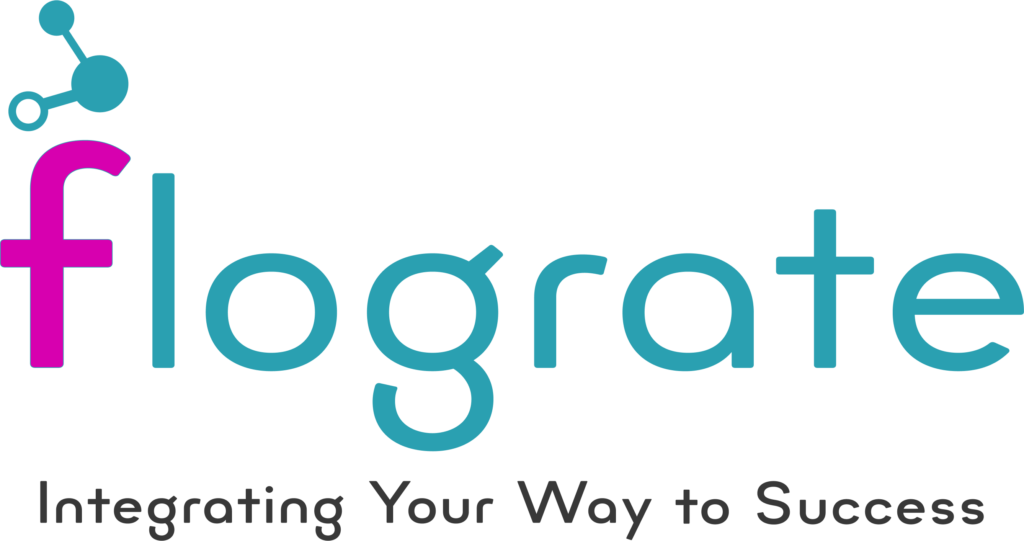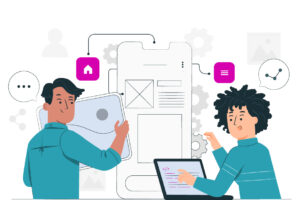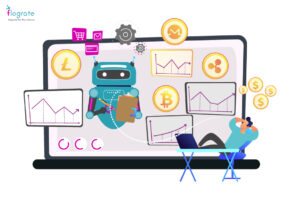In today’s fast-paced digital world, businesses rely on multiple software applications to manage operations, customer relationships, and financial data. However, as the number of applications increases, so do inefficiencies, data silos, and integration challenges. Enterprise Application Integration (EAI) solves this problem by seamlessly connecting different systems, ensuring smooth data flow, and boosting efficiency.
So, why does your business need Enterprise Application Integration in 2025? Let’s dive into this crucial topic and explore its benefits, implementation strategies, and future trends.
1. What is Enterprise Application Integration (EAI)?
Enterprise Application Integration (EAI) is the process of connecting different software applications and systems within an organization to ensure seamless data flow and communication. It helps businesses streamline operations, eliminate data silos, and improve efficiency.
2. Why EAI is Crucial for Businesses in 2025
The digital landscape is evolving rapidly. By 2025, businesses will rely even more on cloud-based applications, artificial intelligence, and real-time data processing. Without EAI, companies may struggle with inefficiencies, data loss, and lack of coordination between systems.
3. Common Challenges Without EAI
Without a well-integrated system, businesses face several issues:
- Data Silos: Different departments store data separately, leading to inconsistencies.
- Operational Inefficiencies: Manual data transfer slows down processes.
- Poor Decision-Making: Disconnected systems prevent real-time data access.
- Higher IT Costs: Maintaining multiple, unconnected systems is expensive.
4. Key Benefits of Enterprise Application Integration
- Improved Efficiency:
Automation streamlines processes, cutting down on manual tasks and speeding up workflows for faster results.
- Better Data Accuracy:
By eliminating duplicate data and reducing errors, EAI ensures that information is accurate and consistent across systems.
- Enhanced Customer Experience:
With faster response times and the ability to offer personalized services, EAI helps deliver a smoother, more satisfying customer experience.
- Cost Reduction:
Optimizing resources through integration lowers IT costs, as businesses can make better use of existing systems and infrastructure.
- Scalability:
As businesses grow, EAI allows for the seamless integration of new applications, helping companies stay flexible and adaptable to changing needs.
5. Types of Enterprise Application Integration
There are several types of EAI approaches:
- Point-to-Point Integration – Direct connection between two applications.
- Middleware-Based Integration – Uses a central software to connect multiple systems.
- Service-Oriented Architecture (SOA) – Uses web services to connect applications.
- Cloud-Based Integration – Connects cloud applications with on-premise systems.
6. How EAI Works: The Integration Process
EAI involves several steps:
- Identifying Integration Needs – Understanding which systems need to connect.
- Selecting the Right Integration Method – Choosing between APIs, middleware, or cloud integration.
- Data Mapping and Transformation – Ensuring data is properly formatted.
- Implementation and Testing – Deploying and testing the integration.
- Ongoing Maintenance – Regular updates and monitoring.
7. Best Practices for Implementing EAI
To successfully integrate systems, start by assessing your business needs to identify critical applications that require integration, ensuring they align with your overall goals. Choose scalable integration solutions that can grow with your business, offering flexibility as your needs evolve. Prioritize security by implementing encryption and adhering to compliance standards to protect your data from breaches. Thoroughly test the integration before deployment, covering all scenarios to ensure smooth operation and handle high data volumes. Once live, continuously monitor the system’s performance to identify and address any issues, optimizing the integration for long-term efficiency and reliability.
8. Common Use Cases of EAI
- CRM and ERP Integration – Syncing customer data with financial records.
- E-commerce and Inventory Management – Real-time stock updates.
- Healthcare Systems Integration – Connecting patient records across hospitals.
- Supply Chain Management – Improving logistics and order tracking.
9. Choosing the Right EAI Solution for Your Business
When choosing a solution, there are a few important things to think about. First, consider scalability—can it grow with you as your needs increase? Next, think about ease of use—will it be simple to use, or will you need a lot of technical know-how? Don’t forget about security—make sure your data is safe and protected. Lastly, check if it can easily connect with all the other tools and apps you use, so everything works smoothly together.
10. The Future of EAI: Trends to Watch in 2025
AI-driven integrations use machine learning to automate processes, making things more efficient and smarter. Hybrid cloud integration helps connect both on-premise and cloud-based apps, so everything works together smoothly, no matter where it’s stored. Low-code or no-code platforms make it simpler for non-technical users to set up integrations without needing to know how to code. And using blockchain for data security ensures that your information is protected while also increasing trust and transparency.
Conclusion: Why You Should Invest in EAI Today
Enterprise Application Integration is no longer a luxury; it’s a necessity. Businesses that fail to integrate their systems will struggle with inefficiencies and lose their competitive edge. Investing in EAI in 2025 ensures streamlined operations, better decision-making, and cost savings.
FAQs on Enterprise Application Integration
- What industries benefit the most from EAI?
Industries like healthcare, retail, finance, and manufacturing benefit the most due to complex data management needs.
- How long does it take to implement EAI
Implementation time varies depending on business size and complexity but typically ranges from a few weeks to several months.
- What is the cost of implementing EAI?
Costs vary based on the integration method, number of applications, and required customizations.
- Can small businesses benefit from EAI?
Yes, small businesses can improve efficiency, reduce costs, and enhance customer experience with EAI solutions.
- How does EAI improve security?
EAI ensures secure data transfer, reduces human errors, and enables better compliance with data protection regulations.


